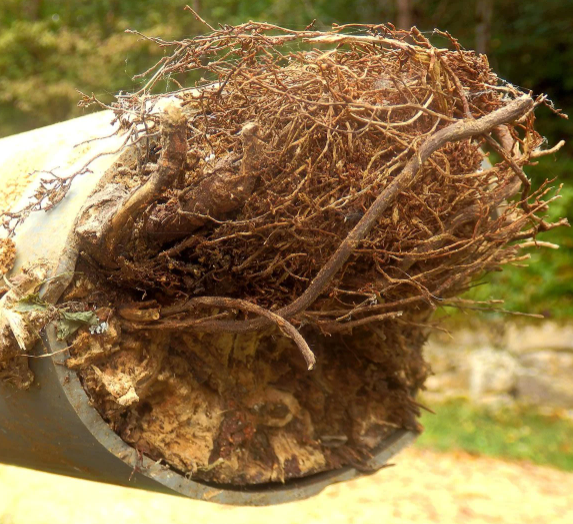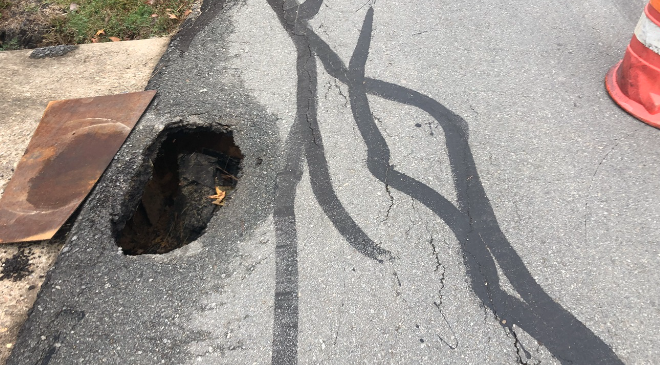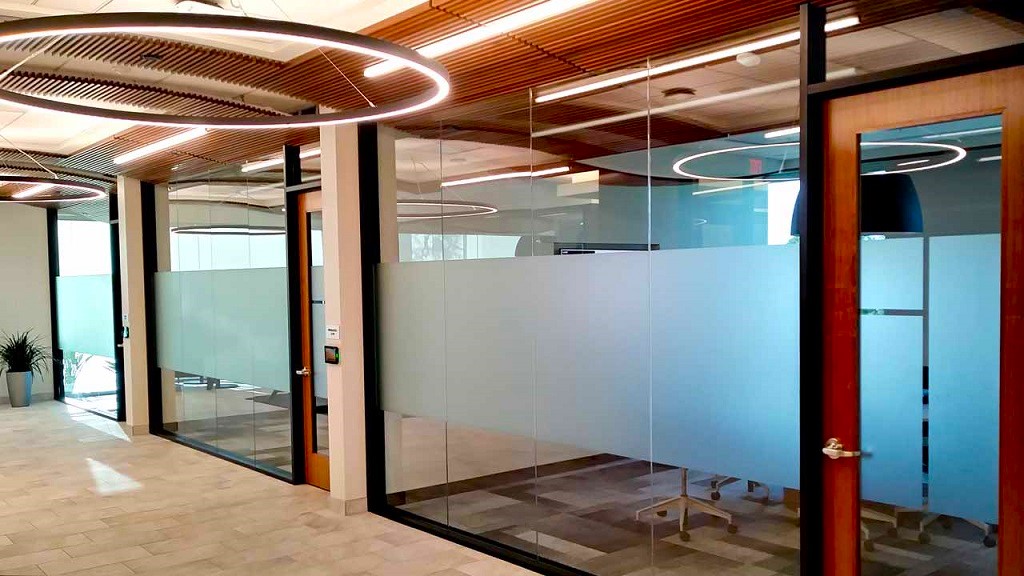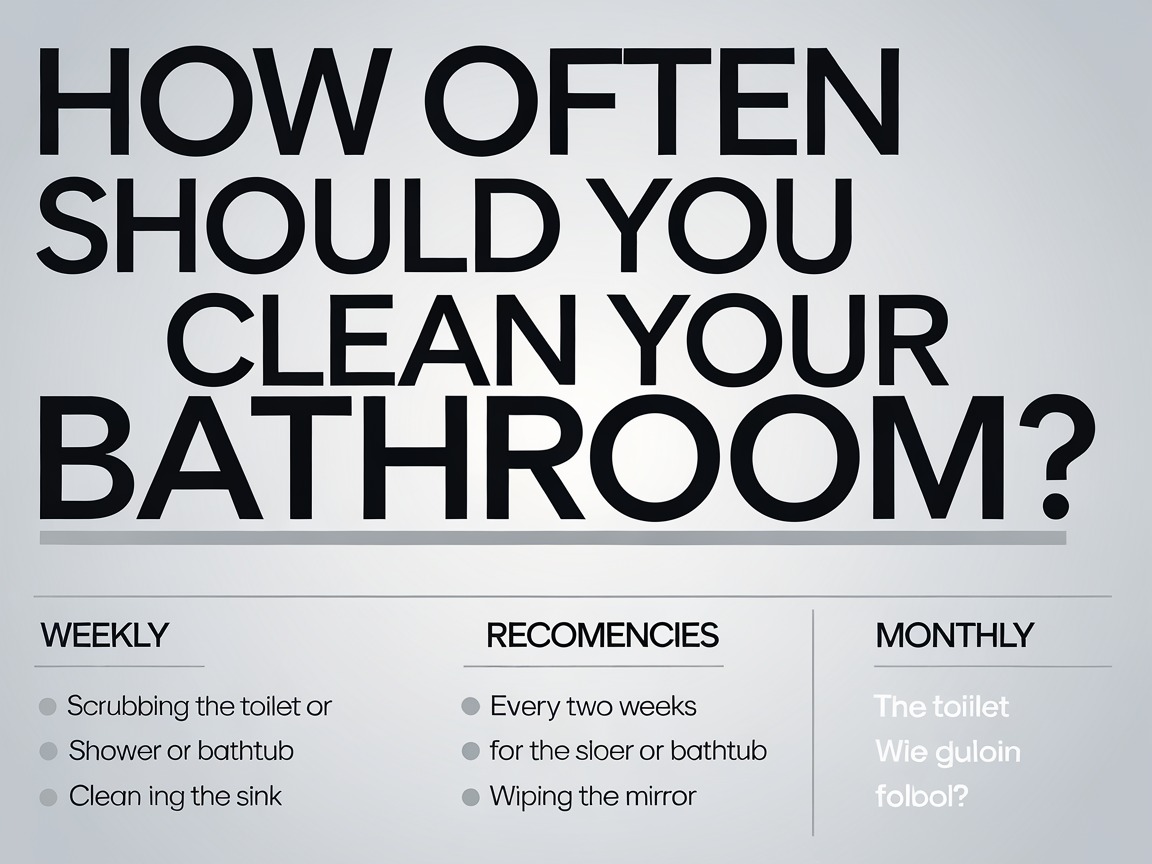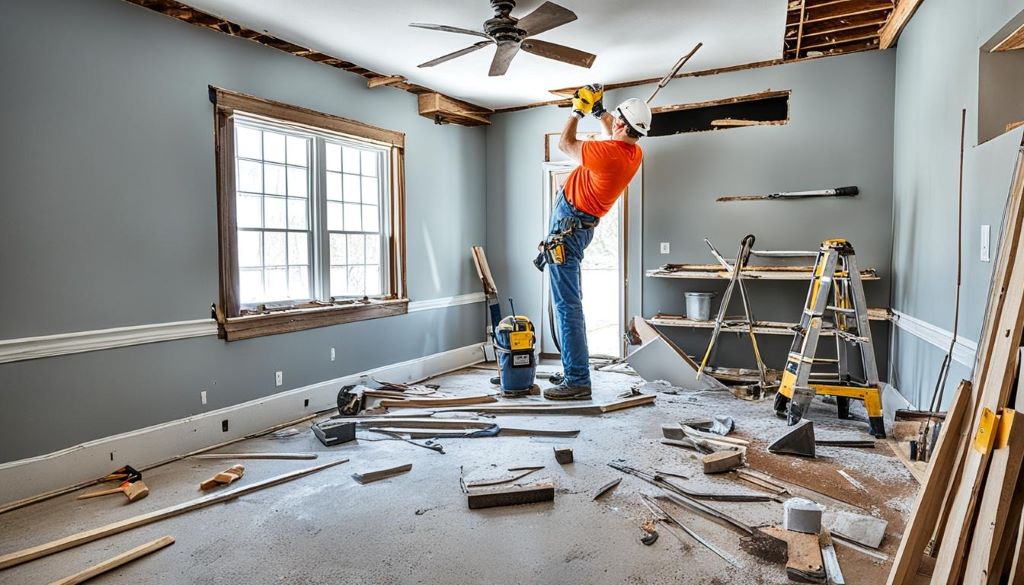When drains fail due to age, tree roots, ground shifts or other damage, the traditional solution involves excavators to replace broken sections. This is an extremely disruptive and costly endeavour. Trenchless drain lining provides a viable alternative for restoring pipes without surface disruption, but is it the right solution for every scenario? Let’s weigh up some of the key pros and cons of drain lining technology to help decide whether it is the best approach for your pipe rehab project.
The pros of drain lining
Unlike dig and replace methods, drain lining allows pipes to be restored from the inside out without destroying landscaping, floors or pavement above them. Traffic flow and business operations can largely proceed as normal.
Access pits are generally only needed at access points such as manholes, so projects can often be completed in a day instead of stretching over weeks.
Drain Lining Gloucester with epoxy liners forms a protective barrier that helps prevent the infiltration of roots and seals cracks and leaks better than traditional piping alone.
The cons of drain lining
Drain lining relies on pipe access points large enough to accommodate liner insertion, so a lack of sufficient access can rule out this approach.
While cheaper than excavation, drain lining still represents a sizable investment, especially for large-diameter or extensive pipe networks.
Improper resin curing or undetected pre-lining repairs can negatively impact the liner’s effectiveness and durability over the long term. If you need Drain Lining Gloucester, many experts in the UK can help.
In the right circumstances, drain lining provides an advanced and minimally disruptive pipe rehabilitation solution; however, it comes with limitations and does not fix severely compromised systems. Understanding the pros and cons will lead to the most informed repair approach.

